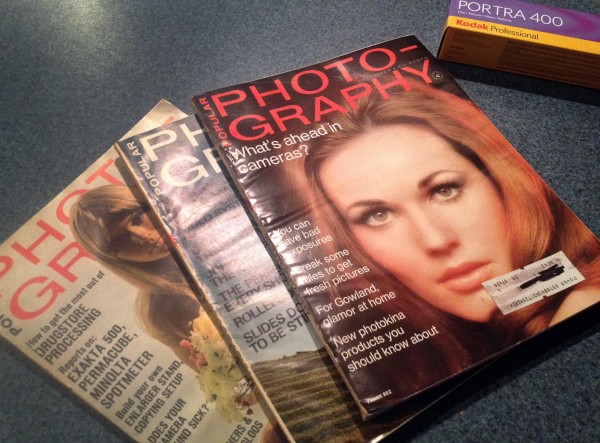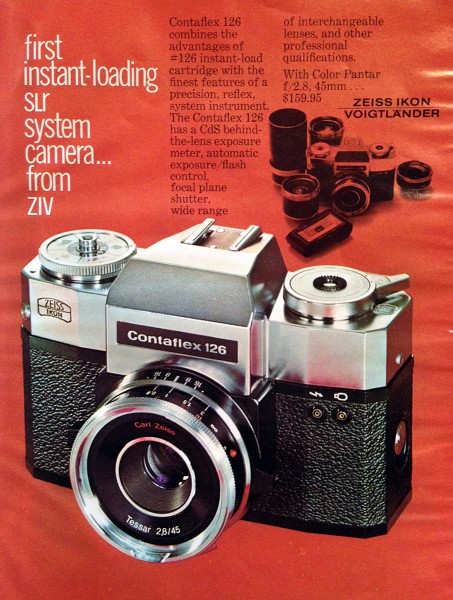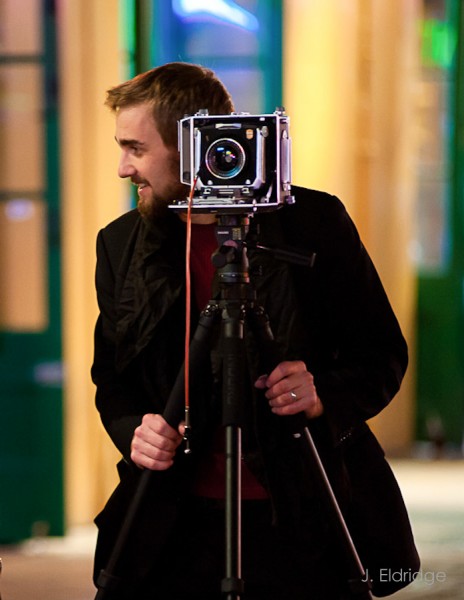
by Gavin Seim: (rev 05/13)
It was Spring of 1968. Motor Trend had just crowned the GTO car of the year, Eddie Adams just made one of the most iconic images in history and in a few months the Detroit Tigers would win the World Series. Pentax was telling us they made “fine photography easy.” and the Polaroid swinger was happily swinging off shelves. Topics ranged from the quality of drugstore printing to the latest spot meters. And yes, publishers knew that bare breasted woman sold photo magazines. Even then.
It was in the Spring of 2011 when I jumped back into film. I had cut my teeth on it back in the late 90’s. That was around the time the Unibomber was captured, scientists cloned sheep and Titanic sunk into theaters with a splash. As I grew, digital did too and soon took over the game. It was fresh, exciting and before long, even practical. Soon professionals everywhere were laying down their film for what were essentially 35mm SLR’s with a bit less detail. It was in some ways a downgrade, and yet digital does offer many advantages.
So I decided to go back and take film seriously. Loading it up for my travels to use it alongside digital. At first it was for the simple reason that a well scanned large format negative could produce vastly more detail than today’s digital. So I bought a classic 4×5 Linhoff and went to work. And it was indeed work, I picked one of the harder formats but it would turn out to be well worth it.

– 4×5 HP400 Film, Linhof Technika IV –

A few months earlier in ’68, the world saw Charlton Heston tell his primate overlord “Get your stinking paws off me, you damned dirty ape!” A classic was born, that would be somewhat tarnished by less impressive sequels. Meanwhile The soft focus filter was in vogue. Forty-four years later my wife would stand next to me in the living room looking at a cover portrait from a 1968 magazine and say. “It’s blurry.”
Back in the twenty-first century we’re making coffee and I grab my Olympus 35RC rangefinder to take a photo of my kids helping out on the kitchen counter. My daughter giggles adorably and I realize I forgot to wind the film. I react quickly before they move and release shutter. One frame and it’s back to lattes.

I was not the first to be out there rooting for film in this digital era. Many of the best Pictorialists never stopped using it. People like John Canlas, Ian Ruther and a few others had also been sharing their passion for silver for awhile. But I was not so into the romance, I just wanted the quality. People acted like I was a little crazy, but they still were a bit breathless when they saw my Linhoff Super Technika IV that came out around 1956. It started to become a part of my brand. Not just in my pictorials, but in my portrait work.
Next I started talking about film. I started talking about how I blended it with digital. Scanning, editing, printing. I have nothing against the traditional darkroom and I hope to build one when I have more space. But I’m a digital kid and I have a workflow there. There was a method to my madness. I needed to be able to get great images made and printed large in reasonable time for a reasonable cost.
Soon I had a Jobo ATL1000. A remarkable machine in which you load with a small batch of film and a very small amount chemicals and return about thirty minutes later to finished images, color or black and white. The next step was to scan on my V700 using a wet scanning attachment and then into Lightroom and other tools for the finished image. The result was amazing resolution from this 60’s era camera that has not changed much in half a century. I can get around 100-200MP of detail from 4×5 and a beautiful organic feel that digital somehow misses.

